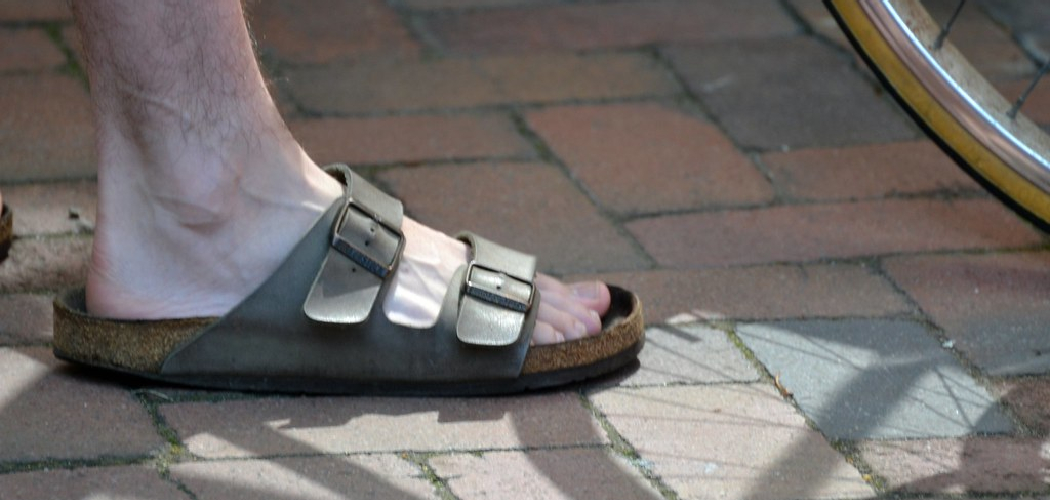Sandals are a popular choice of footwear, providing comfort and breathability during warm weather. However, wearing sandals that are too small can cause discomfort and pain, leaving you longing for relief.
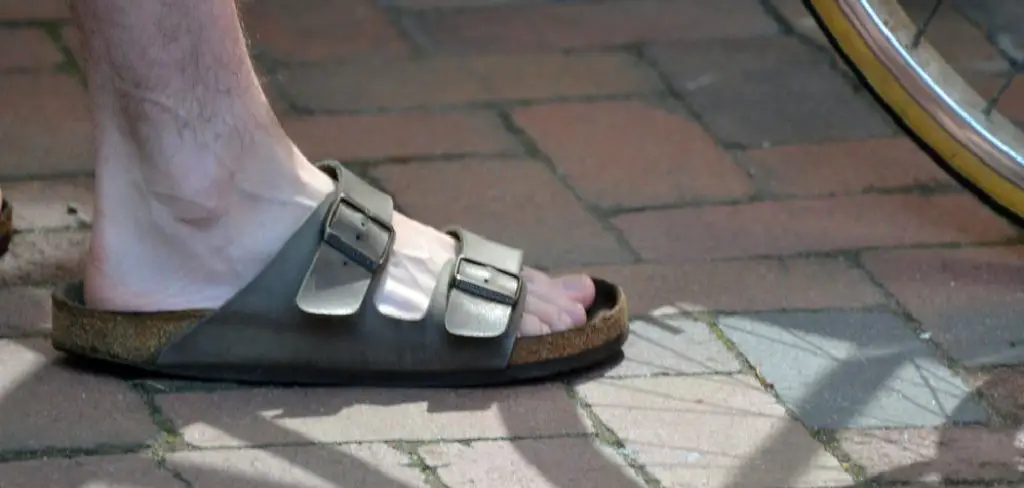
Knowing how to determine if your sandals are too small is essential to ensure a comfortable fit and prevent potential foot problems. In this guide, we will explore how to know if sandals are too small, including discomfort, pain, blisters, and redness. We will also provide tips on how to measure your feet correctly to determine the right sandal size, including checking for proper length, width, and toe space.
By understanding the tell-tale signs of ill-fitting sandals and how to measure your feet accurately, you can avoid discomfort and confidently select the right size for your feet, ensuring you can enjoy the warm weather in style and comfort.
Is It Better to Buy Sandals Bigger or Smaller?
When it comes to buying sandals, neither bigger nor smaller is necessarily better. The best fit for you depends on the type of sandal and your individual foot size. For flip-flops and other open-toe styles, go for a snug but comfortable fit that doesn’t pinch or rub against your toes.
If the straps are too loose, they may not provide adequate support. On the other hand, if they’re too tight, they may cause blisters and discomfort.
For closed-toe styles like Mary Janes or T-straps, look for an adjustable strap that allows you to loosen or tighten until you have a comfortable fit across your toes while still providing enough stability around your ankle area. Make sure there’s enough room at the toe box so your toes don’t crush against the sides.
No matter what type of sandal you choose, it’s important to measure your feet and try on a few different styles before you buy. Bring along any orthotic inserts or other medical devices that you may need to ensure the best fit possible.
If you purchase your shoes online, be sure to read the sizing charts and return policies carefully in case you need to make an exchange. With careful shopping, you can find the perfect pair of sandals that both look great and feel comfortable all day long!
9 Methods How to Know if Sandals Are Too Small
1. Look at the Size Chart.
When buying sandals online, make sure to check the size chart. The size chart will give you an idea of what size sandals you should buy based on your foot measurements. Make sure the sandals you buy match your measurements, as even half a size too small can be uncomfortable.
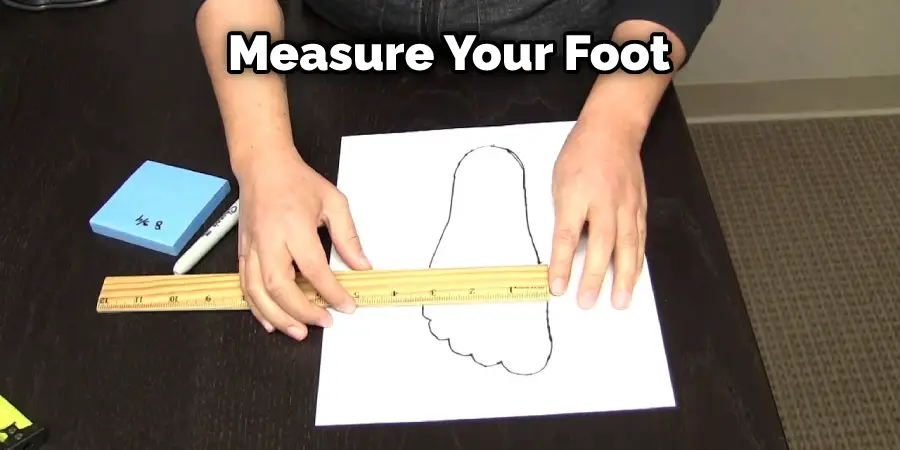
If your measurements are in between sizes, it’s best to go up to the larger size. To ensure a proper fit, measure your foot and then compare it to the size chart of the sandals. However, if you’re buying sandals in-store and don’t have access to a size chart, look for the sizing information printed on the inside of the shoe or the tag.
2. Measure Your Feet.
Another way to know if sandals are too small is to measure your feet. You can do this by tracing your feet on a piece of paper and then measuring the length and width of the tracing. Compare these measurements to the size chart to see what size sandals you should buy.
It’s important to remember that different brands have different size charts and measurements, so make sure you double-check before making a purchase. To get the most accurate measurements, it’s best to measure your feet in the afternoon or evening when they’re likely to be at their largest. If you have particularly wide feet, you may need to buy sandals one size larger than what the chart suggests.
Although it may take a bit more effort, measuring your feet is a great way to make sure you get sandals that fit well. This will help ensure that you don’t get blisters or other foot discomforts from wearing sandals that are too small.
3. Try Them on in-Store.
If you’re unsure about what size sandals to buy, try them in-store before making a purchase. This way, you can get a feel for how they fit and whether or not they’re too small. Pay attention to the tightness of the straps, how much toe room you have, and if there’s any discomfort when you walk in them. It’s also important to make sure the heel fits properly—it should fit snugly but not too tightly.
If you feel any discomfort when wearing them, then it’s likely that the sandals are too small. Additionally, make sure to check the arch support of any sandal you’re considering buying. It should provide your feet with adequate support for all-day wear. If it doesn’t, then the sandals may not be a good fit for you.
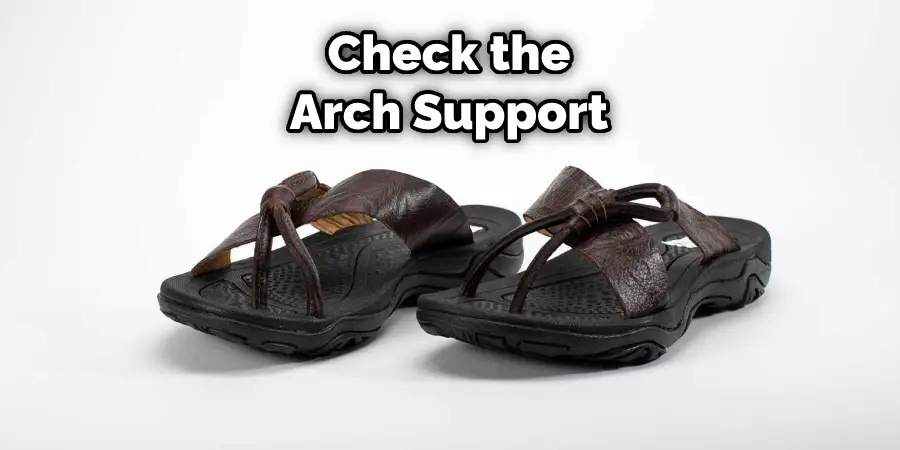
4. Consider the Width of Your Feet.
It’s not just the length of your feet that you need to take into account when buying sandals – you also need to consider the width of your feet. If you have wide feet, you may need to buy sandals that are a bit larger than your usual size in order to accommodate the width of your feet. However, it’s important to make sure that the sandals aren’t too loose in the heel area.
If they are, then you may end up with blisters or discomfort as you walk. The best way to determine if the sandals fit your feet properly is to put them on and take a few steps to make sure they don’t move around too much on your feet.
5. Know Your Foot Size in Different Brands.
Keep in mind that foot sizes can vary from brand to brand, so it’s important to know your foot size in different brands before buying sandals online. This way, you can be sure that you’re buying the right size for your feet. You may visit a store that carries brands and try on a few sandals in your size before making a purchase.
This will help ensure that the sandals you buy fit correctly. Additionally, take a look at the sizing guide for each brand you’re considering buying from. This will help you know the right size to purchase before it arrives at your doorstep.
6. Buy Adjustable Sandals.
If you’re unsure about what size sandals to buy, opt for a pair that is adjustable. This way, you can adjust the straps to get a perfect fit, regardless of whether your feet are narrow or wide. When buying adjustable sandals, make sure that the straps are sturdy and made of good-quality material.
Also, ensure that they are designed to stay in place, even after adjusting them. This will help you get the best fit and maximum comfort out of your sandals.
7. Look for Half Sizes.
If you’re having trouble finding sandals that fit well, look for a pair that is available in half sizes. This way, you can get a better fit since there will be more options for sizing up or down. Be sure to check the sizing chart for each brand carefully as some sizes may differ from what you’re used to.
If you can’t find half sizes, try going a size up or down from your regular size and see how it fits. If the sandals are too big, you can always use inserts and shoe pads to make them fit more comfortably.
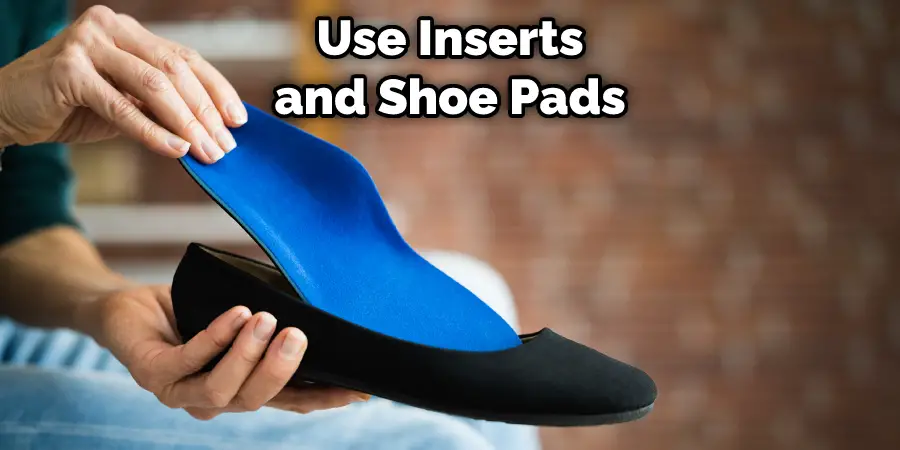
8. Go up a Size if They’Re for Wide Feet
As we mentioned before, if you have wide feet, it’s best to go up a size when buying sandals so that they fit comfortably without being too tight or causing discomfort. Simply put, don’t be afraid to buy a bigger size if it means that the sandals will actually fit well!
If you’re not sure what size to get, it can be helpful to try on a few different sizes and see which one fits best. Remember, the width of the sandals is just as important as the length.
9. Check the Material of the Sandal
Finally, make sure to check the material of the sandals before purchasing. Some materials may stretch more than others, so it’s important to know what material your sandals are made from in order to ensure the best fit.
Leather and synthetic materials are the most common types, with leather stretching more than synthetic. Additionally, check to see if your sandals have a flexible sole, as this will also make it easier for you to find a good fit.

Conclusion
All in all, it’s important to pay attention to the comfort level of your sandals. If they just don’t fit right and your toes are cramped or sticking out, it’s time to get a larger size. On the other hand, if you don’t have any room to wiggle your toes, then the shoes might be too big. The best way to find out if a pair of sandals fit properly is by trying them on both feet and taking a few steps.
Remember if one pair feels too small but another doesn’t, go for the bigger size so that your feet won’t end up being crammed when going about your day-to-day activities. Now that you know how to know if sandals are too small for you, shop confidently and rock those fashion trends this season!

